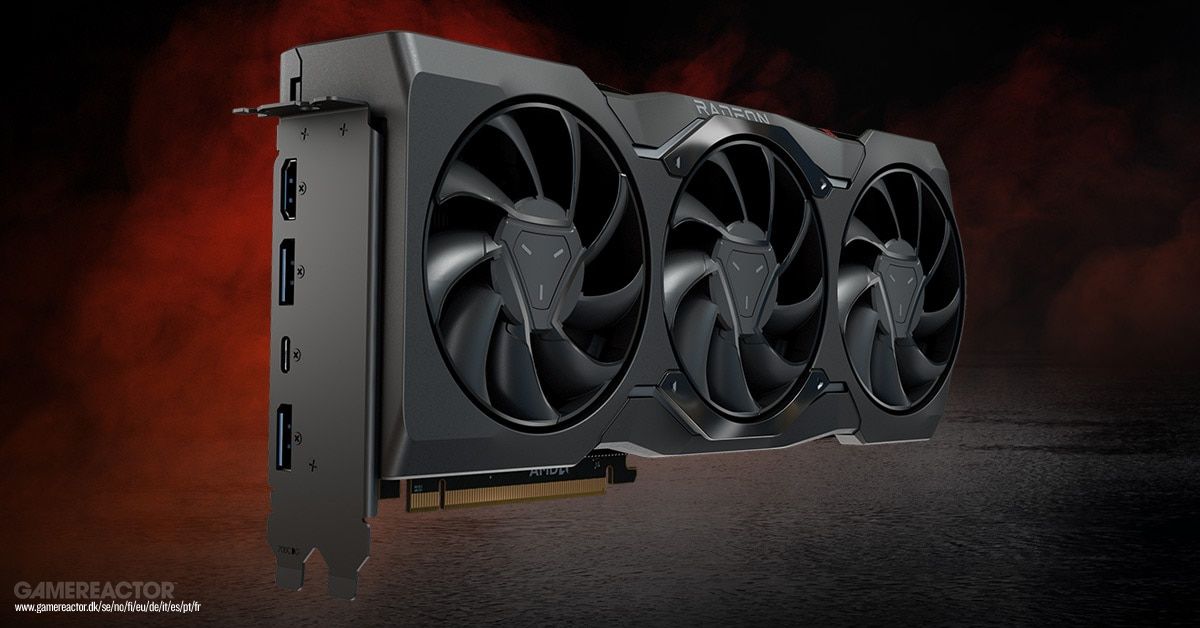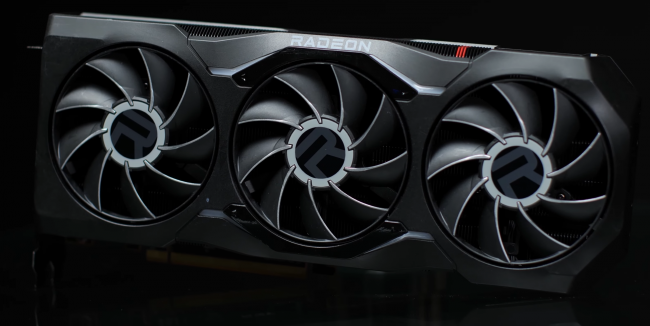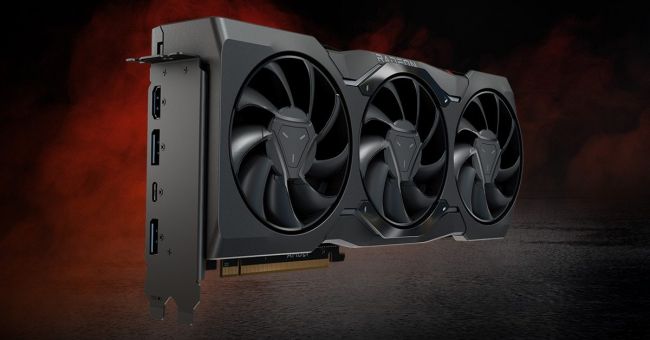AMD has chosen a completely different approach to designing their latest and hopefully best graphics card. Like their CPUs, it’s now built around a small die design, which means the RDNA3 platform is not just one physical die, but several connected dies, and the 5.3TB/s interface can be achieved in ways previously thought impossible Scale and optimize.
Here we take a look at two graphics cards in the 7900 series that have been announced so far. They’re both reference models for AMD itself, but it’s probably only a matter of time before third-party models start flooding the market as well.
Prices are currently estimated at £899 and up for the “small” XT model, while XTX models start at around £1,049. While that price point might suggest it’s going to be a competitor to Nvidia’s yet-to-be-announced RTX 4070, it’s really more of an RTX 4080/RTX 4080TI competitor — only at a much better price, without the annoying power adapter, and with a more effective design.
The XT model comes with 20GB of RAM, while the XTX model has 24GB – both, by the way, are compatible with the new DisplayPort 2.1-outlet, which experts suggest could be a big improvement. The design is compact with 2.5 slots and a 2x 8-pin power connection. It’s not for nothing that AMD makes an effective design now. You get USB-C and DisplayPort, the latter of which supports UHBR 13.5. I don’t know if these are available in stores, but these cards even support 4K 480Hz displays, requiring the full 54GBps bandwidth.
Here is an ad:
Probably the most obvious difference between the cards is their physical size. The XTX model is 2.5cm taller and 2cm wider than its smaller sibling, and the XT model feels about 30% smaller than the RTX 4080.
Both cards are built on the same platform, but there is a noticeable difference in performance, which will be listed here, with the XT model scoring ahead of the XTX:
- RDNA 3 Compute Units: 84/96
- Stream Processors: 5376 / 6144
- Gaming Frequency: 2.0 / 2.3 GHz
- Boost Clock 2.4/2.5 GHz
- Infinity Castle: 80 / 96 MB
- Power Usage: 315 / 355 Watts
- Memory bus: 320/384 bits
Both cards feature an understated and elegant black design with red highlights. Very industrial. The way the edges are rounded is slightly different, but overall, they look very similar. If you look closely, there are small white LEDs behind the metal shroud, but they’re so unnoticeable that it feels almost unnecessary.
Here is an ad:
AMD’s main goal with these cards seems to be to make 4K gaming mainstream by bringing prices down, and it’s likely to succeed. Both cards can render 4K natively without any wizardry like Nvidia’s DLSS3 or AMD’s own FSR2. They even support Rec2020 and 12-bit HDR, as well as the 8K 165Hz format.
Everything is controlled through AMD’s Adrenalin software, which has been getting an overhaul in recent years. There are many features and optimization options available, and there are regular updates with specific settings for the latest games. You’ll also find options like AI-based image quality and encoding enhancements for those who prefer to stream. In response to DLSS3 and Nvidia Reflex, the AMD HYPR-RX will be released early next year, essentially offering similar features: performance boosts, upscaling and reduced latency, all at the push of a button. AMD promises nearly 70 percent more frames per second and cuts latency to about a third in some games – we’ll have to wait and see if those numbers hold up.
Noise levels are relatively low: 35dB for the XT and 38dB for the XTX. The temperature difference is more pronounced. Both were about 35 degrees at idle, but where the XT never went above 56 degrees, the XTX hit 68 degrees when pushed all the way. That’s about the same as an RTX 4090 GPU.
Now, let’s look at the benchmarks. Again, first the XT, then the XTX.
standard
3DMark:
Track: 5116 / 5774
Time Spy: 23882 / 25872
Time Spy Extreme:
12589 / 13865
Port Royal:
13785 / 15397
AMD generally falls short when it comes to ray tracing, but both cards manage to outperform the RTX 3090.
Blender BMW render:
1.03.20 / 1.03.09
Geekbench:
OpenCL score: 182556 / 219854
Vulcan Score: 177635 / 237769
In Vulkan, both cards managed to beat the RTX 4090.
Heaven
1080p: 5929 / 6772
1440p: 3509 / 4260
This is yet another test where the RTX3090 can’t keep up.
Total War: Warhammer III
1080p: 181,8 / 197,1
1440p: 124,0 / 144,3
4K: 63,9 / 75,3
Assassin’s Creed Valhalla
1080p: 219 / 228
1440p: 173 / 186
4K: 104 / 120
From Cry 6
1080p: 136 / 147
1440p: 135 / 141
4K: 93 / 105
In 4K, only the XTX managed to outperform the RTX 4090, and both cards outperformed Nvidia’s card in other categories.
Red Dead Redemption 2
1080p: 164,08 / 194,64
1440 birds: 138, 30 / 196, 32
4K: 93,2 / 136,89
Dirt 5
1080p: 236,2 / 222,9
1440p: 204,8 / 209,5
4K: 130,9 / 153,7
Like many other categories, the XT was narrowly beaten by the RTX 4080, but the XTX surpassed them fairly easily.
Cyperpunk 2077
1080p: 130,83 / 137,14
1440 birds: 109, 45 / 117, 58
4K: 77,38 / 87,84
Both cards beat the RTX 4080 in both 1080p and 1440p, but they couldn’t keep up with Nvidia when ray tracing was enabled. Still, in F1 2022 — a game optimized for DLSS3 and making heavy use of ray tracing — both the RX 7900 XT og RX 7900 XTX managed to exceed 60fps, as AMD promised. You can get the same or even better performance than an RTX 4080, and sometimes it’s even close to an RTX 4090 – and at a much lower price and power consumption.
All in all, is it worth buying? absolute. Rather than spending £1,500 on a 4K graphics card, you can get similar, and in many cases better, performance with the AMD RX 7900. Then you’ll even have money for a 4K monitor.


